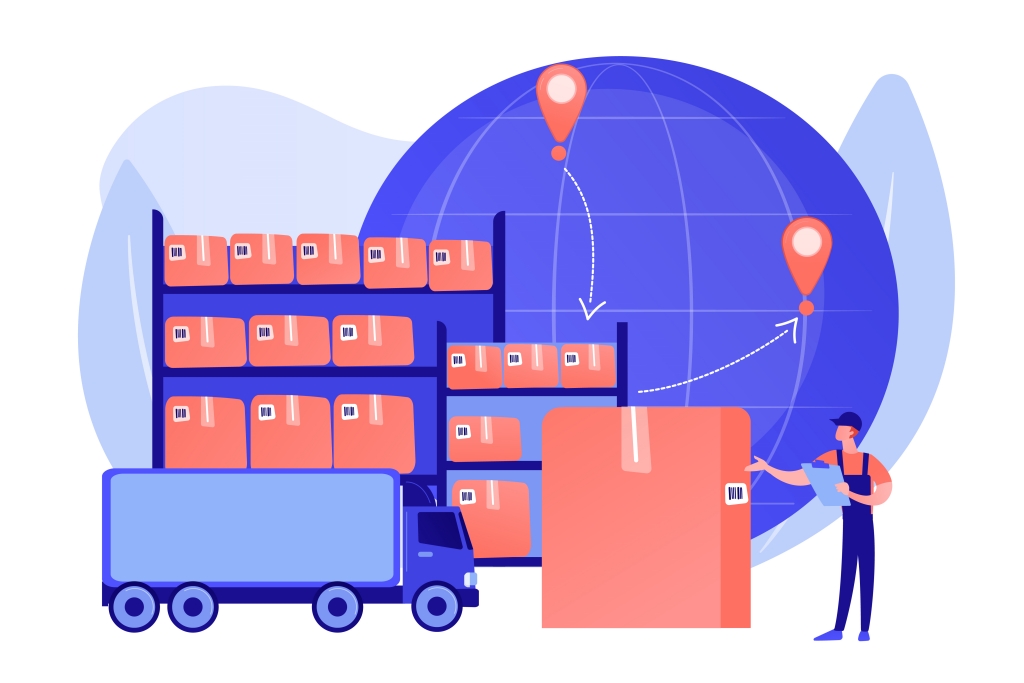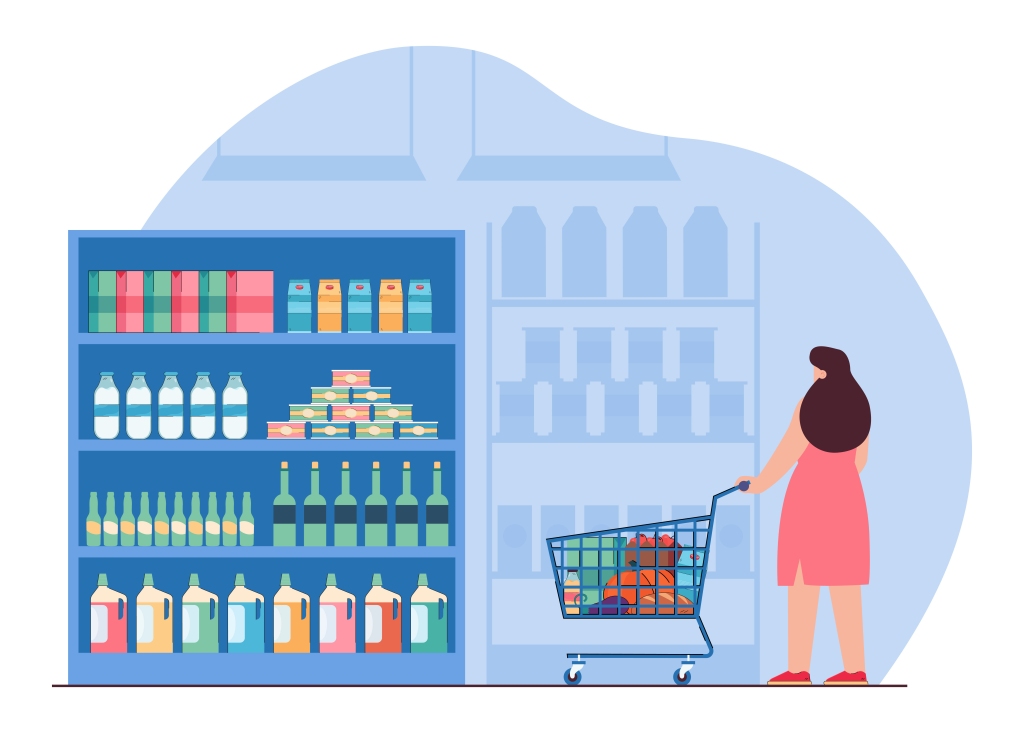Something about The Retail Value Chain
Author: Celia| Keywords chosen by Celia
A retail value chain defines a series of actions that enable retailers to sell their products to customers. Each action in the chain contributes some value to the overall process.
Not only can it help retailers increase the value of their products and services while reducing costs, but also helps them differentiate their brands from their competitors.
Understanding this chain is critical to a retail brand's success. This article answers some questions about the retail value chain.
What is a retail value chain?
A retail value chain is the set of activities and processes involved in delivering a product or service to a consumer. It covers every step from the initial concept to the final purchase and post-purchase support.

Steps and process of retail value chain
1. Product development
In the dynamic context of the retail industry, product development is one of the most important steps in the retail value chain.
Thorough market research is essential before developing a product. Understanding consumer preferences and market trends and identifying gaps in existing products is the foundation for successful product development.
It's important to think not only about what consumers want but also how your product can differentiate itself from competitors.
It is also important to understand the cost implications associated with production. To ensure both profitability and affordability for consumers, it is important to find a balance between producing quality products and maintaining cost-effectiveness.

2. Inventory management
After manufacturers produce enough products, they must store those items until they are ready for the next step.
Inventory management is the practice of keeping a stock of specific products or items on hand at all times. This helps prevent delays and allows you to continue selling to customers even when unexpected issues arise.
First, conduct thorough market research to understand demand patterns and seasonal fluctuations. Then use historical data and market trends to create accurate forecasts for each product SKU.
Conduct regular physical audits and cycle counts to ensure the accuracy of inventory records.

3. Product distribution
Inventory management and distribution are two sides of the same coin. The true value of well-managed inventory is only realized when it is seamlessly integrated into an efficient distribution system.
A well-functioning distribution process starts with a comprehensive understanding of the supply chain. Retailers need to map their entire supply chain network and identify key nodes from production to the final consumer.

4. Product display and sales
When the products arrive at the store, retailers must determine whether they have the right products in the right quantities to meet customer demand.
Classifying products by type, category, or other relevant criteria simplifies the storage process.
To ensure product freshness and quality, retailers adhere to the FIFO principle of moving older inventory forward and newer inventory backward.
Eye-catching displays, attractive signage, and thoughtful placement can grab shoppers' attention and encourage them to explore and purchase.


 6 Christmas Pairs You will Keep Wearing Long After the Tree Comes Down
6 Christmas Pairs You will Keep Wearing Long After the Tree Comes Down
 Deck the Halls with XIMIVOGUE Merry Christmas Magic in 2025
Deck the Halls with XIMIVOGUE Merry Christmas Magic in 2025
 Meet the Charming Mr. Pa Pandas from XIMIVOGUE
Meet the Charming Mr. Pa Pandas from XIMIVOGUE
 XIMIVOGUE Lunch Boxes for Kids To Start A New Semester
XIMIVOGUE Lunch Boxes for Kids To Start A New Semester
 Stay Warm in Style with These Essential Cold Day Accessories
Stay Warm in Style with These Essential Cold Day Accessories




